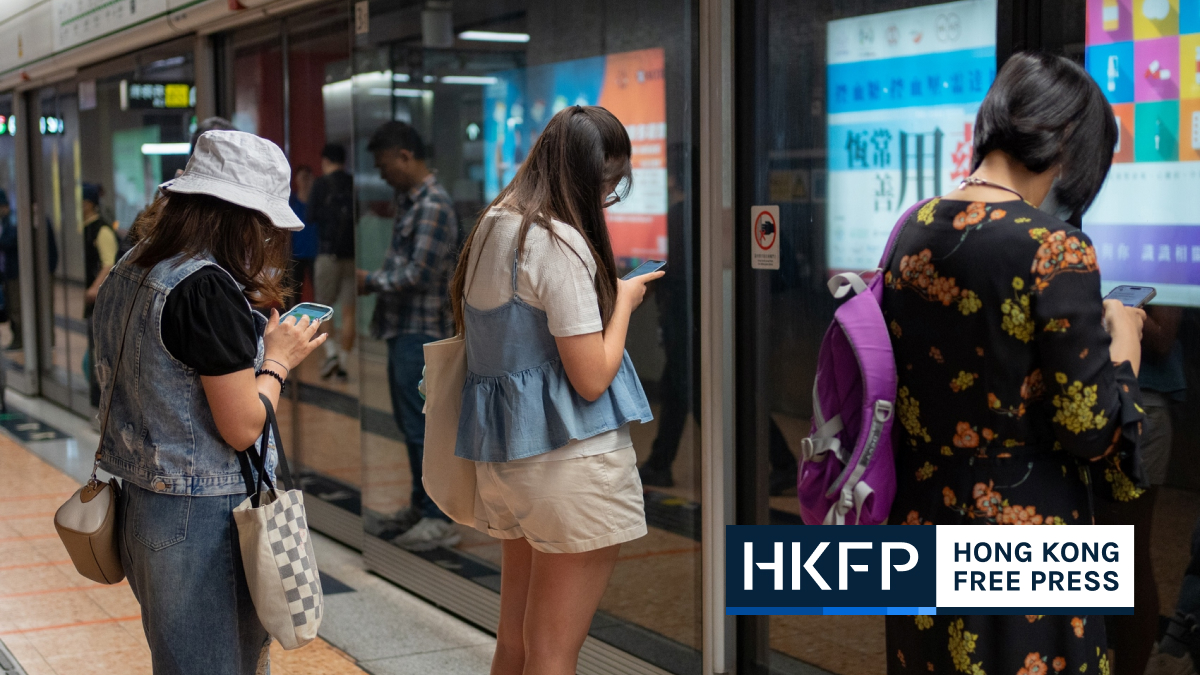During Hong Kong’s blazing hot summers, iced drinks are a cha chaan teng staple.
For an extra couple of dollars, glasses at cafes across the city come filled with ice cubes – a small price to pay for a chilled lemon tea or milk tea. But the end to affordable iced drinks could be on the horizon, according to Hang Chan, the executive director of one of Hong Kong’s main ice manufacturers Turbo Ice.

Every morning, Turbo Ice’s 50-odd delivery trucks and third-party dealers leave its Tuen Mun factory and embark on journeys to all districts of Hong Kong, except the outlying Islands. These vehicles supply 30 per cent of the city’s restaurants and bars with bags of edible ice cubes whenever they place an order.

Turbo Ice occupies around 50,000 square feet of brownfield land – farmlands largely used by warehouses and for industrial purposes. However, the site has been earmarked for a public housing development project that the Development Bureau has said will house 21,600 families, giving Turbo Ice just three more years at its existing location.
‘Where else can I go?’
Over the course of almost four decades, the ice manufacturer has evolved from manual labour to fully automated production, increasing the number of packs of edible ice cubes made daily from around 1,000 to over 20,000.
When Chan sat down with HKFP in the Turbo Ice “conference room” – the entire ground floor of a two-storey container office – he explained how it came to be that cha chaan tengs’ charge an additional HK$2 for iced drinks.

Before factories like Turbo Ice emerged in Hong Kong, Chan said restaurants had to either make their own ice blocks and manually chisel them into cubes, or buy chipped ice from wet markets, both of which would induce extra time and cost.
But now, thanks to Hong Kong’s four major ice suppliers, edible ice cubes are simply a phone call away. And these days, a 10-kilogram pack of ice cubes costs no more than HK$30.
Chan said this business model is unique to Hong Kong, where many restaurants do not have enough space or the right conditions for an ice machine. Even if they do, they will have to rely on ice suppliers to cover the surge in demand during peak hours or the hottest periods.
Like many others in the industrial sector, Chan has looked into moving his ice factory to mainland China, from where he planned to deliver the products to Hong Kong. But Chan said the idea proved to be “impractical” and “inefficient,” as it was too difficult to maintain the quality of their ice cubes during long-distance delivery.
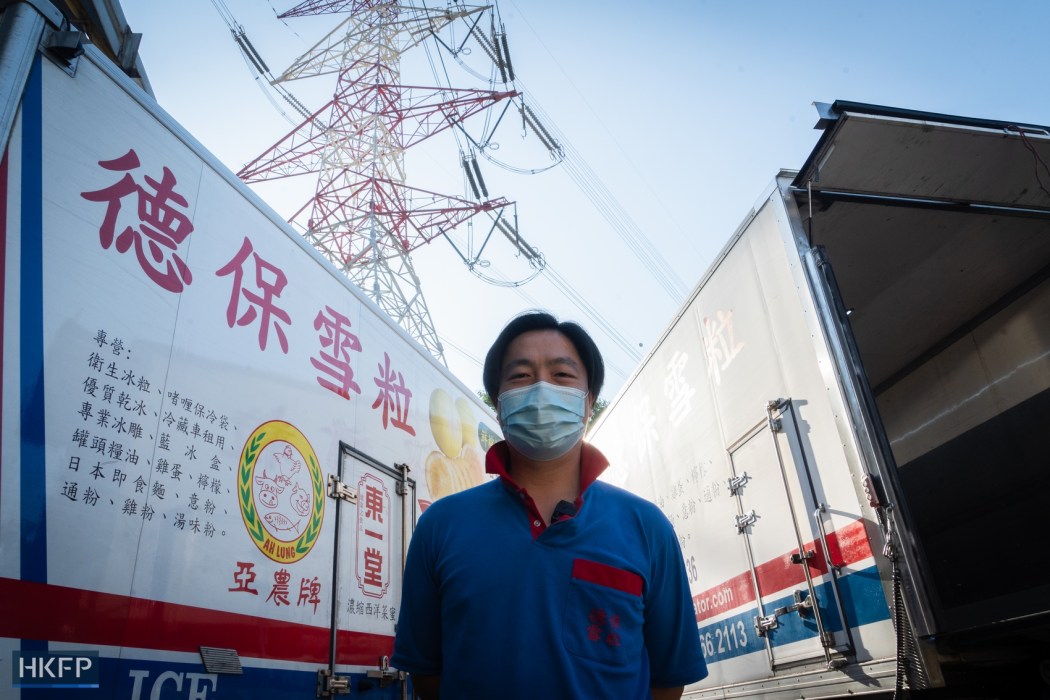
In addition, he said there was not as big as a market for his business in mainland China, since restaurants there have sufficient space for their own ice machines, and “the culture is different.”
“Iced milk tea, coffee and lemon tea, these are part of Hong Kong’s culture. Our production is born and raised in Hong Kong, ” Chan said. “Where else can I go?”
Worried staff
Although Chan is the executive director, he wears the same uniform as any other worker at the ice plant – a royal blue polo shirt with the company’s four-character Chinese name sewed onto its pocket in red.
Chan first started working at the ice factory as a summer job at the age of 16, when his family took over the business.
For Chan, the greatest source of job satisfaction came from his colleagues. “When you see many of your co-workers, partners, friends build a family and provide for their wives, sons and daughters, or perhaps purchase their own car and a home… you also feel happy,” he said.

The possible closure of Turbo Ice also puts the employment of its 110 members of staff and 30 contractors in jeopardy. “Many of our workers are feeling worried, lost and helpless,” Chan said.
‘Planted permanently’
Meanwhile, the Development Bureau has called the clearance of the ice plant “necessary,” saying that three years should give Turbo Ice “enough time” to prepare for relocation.
However, simply relocating the factory has never been an option for Chan, who said he would have to set up a new factory if he wanted to continue operating, which could cost hundreds of millions of dollars.
“What we have invested in is… planted permanently in the ground. It is not the case that we can move everything immediately after being told to do so,” Chan said.

As an example, Chan estimated that fewer than half of the ice cube manufacturing machines at the factory would continue to function if they had to be moved.
The Tuen Mun plant also needed five two-storey-high water tanks to cool down all of its equipment, Chan said, while most industrial buildings only allowed space for one.
According to Chan, authorities said they would not help Turbo Ice to find an alternate plot nor guarantee that the business could continue seamlessly after any relocation. Instead, he was promised an unspecified amount of compensation and told to find replacement premises by himself.
However, Chan said he had looked all over to no avail. “Sheung Shui, Kwu Tung, Hung Shui Kiu and the entire Northern Metropolis… I truly cannot find a suitable plot of land.”

An appropriate location for an ice plant would have to meet specific conditions on water and electricity supply, Chan said, adding that it should be accessible for his delivery trucks and employees. “If I cannot strike a balance, isn’t [the government] pushing [my business] to its death?” Chan asked.
Fear of supply shortage
In Chan’s eyes, the government has never attempted to understand Hong Kong’s ice supply industry. “They absolutely disregarded us,” he said.
If Turbo Ice were to shut down in three years, Chan said he worried that could lead to a shortage of ice in the city.
“As I understand it, during the hottest period, all [ice suppliers’] production capacities are barely meeting Hongkongers’ demand,” Chan said.
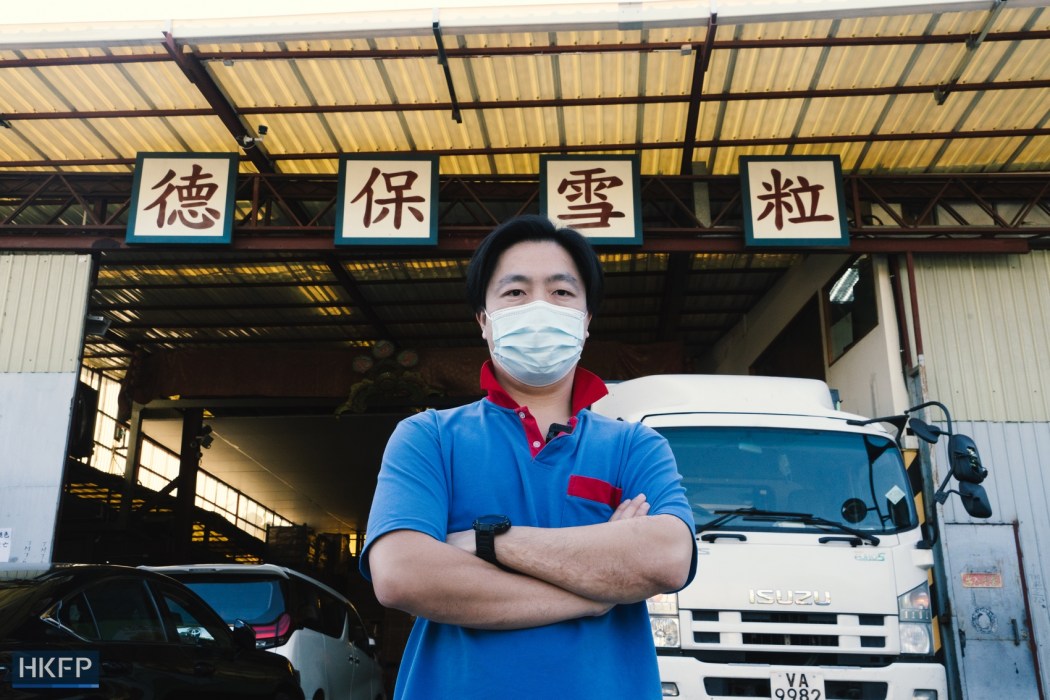
As for whether Hong Kong’s other ice factories could expand to cover for Turbo Ice’s production capacity and logistics in Hong Kong’s sweltering summers, Chan said he could not speak on their behalf. HKFP has reached out to the three other major ice factories in the city for comment, but they did not reply.
At the same time, Chan said many of his clients’ had been upset to learn about the ice factory’s possible demise.
“If a convenience store closes, you can simply go to a neighbouring one, you don’t think ‘what am I supposed to do now?'” Chan added.
Authorities’ ‘responsibility’
Turbo Ice is not the only rural business that must make way for the government’s upcoming development plans in the New Territories. Hong Kong’s last sawmill Chi Kee Sawmill & Timber, as well as decades-old sauce manufacturers Yuet Wo and Kui Lee Sauce also face closure.
Last Thursday, the Secretary for Development Bernadette Linn said the government was planning to make land available next year for the construction of multi-storey industrial buildings with areas reserved for brownfield industries affected by official development plans.
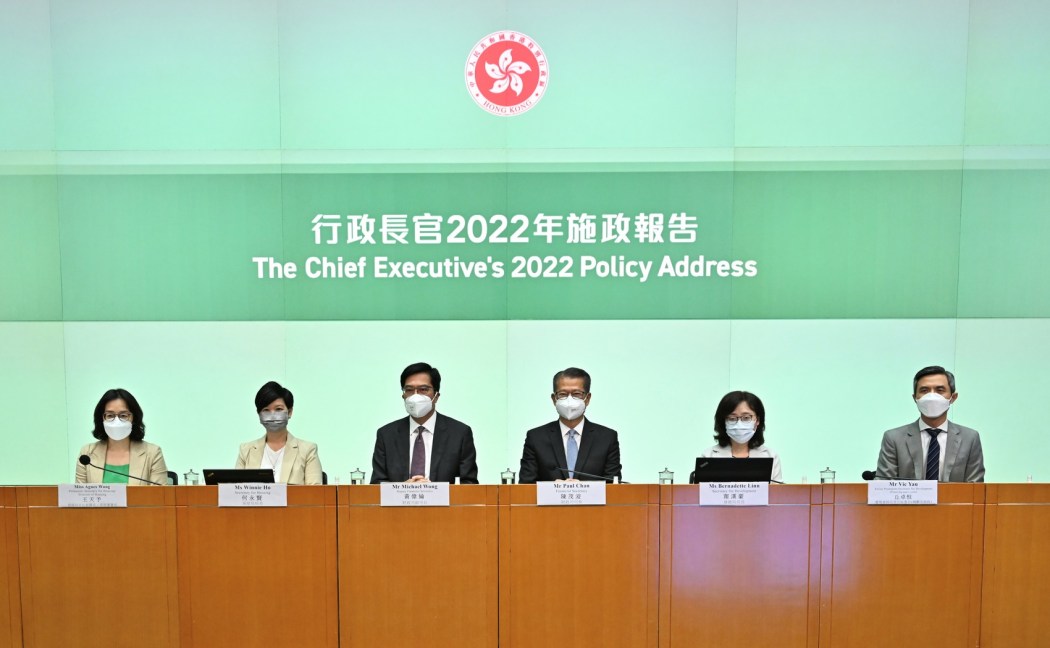
“We hope to offer a below-market rental price… to [offer these businesses] the chance to upgrade or transform,” Linn said.
But Chan Kim-ching of Liber Research Community, an NGO that focuses on land and development policies, told HKFP that authorities should offer more than one solution for the relocation of all rural industries.
Chan Kim-ching said the government did not truly understand the requirements of rural industries’ and had not conducted any specific studies on their function in society. “It is difficult for a soy sauce plant to operate in a building… they have to dry [the soy beans] in the sun,” he said.
Meanwhile, these rural industries lack representation, “making them orphans of rural developments,” according to Chan Kim-ching.
“[The government] wants to solve the problem with money only, but the amount offered might not be enough for the factories to relocate their machinery. In some sense, [the government] is telling society that they have to be phased out,” he added.
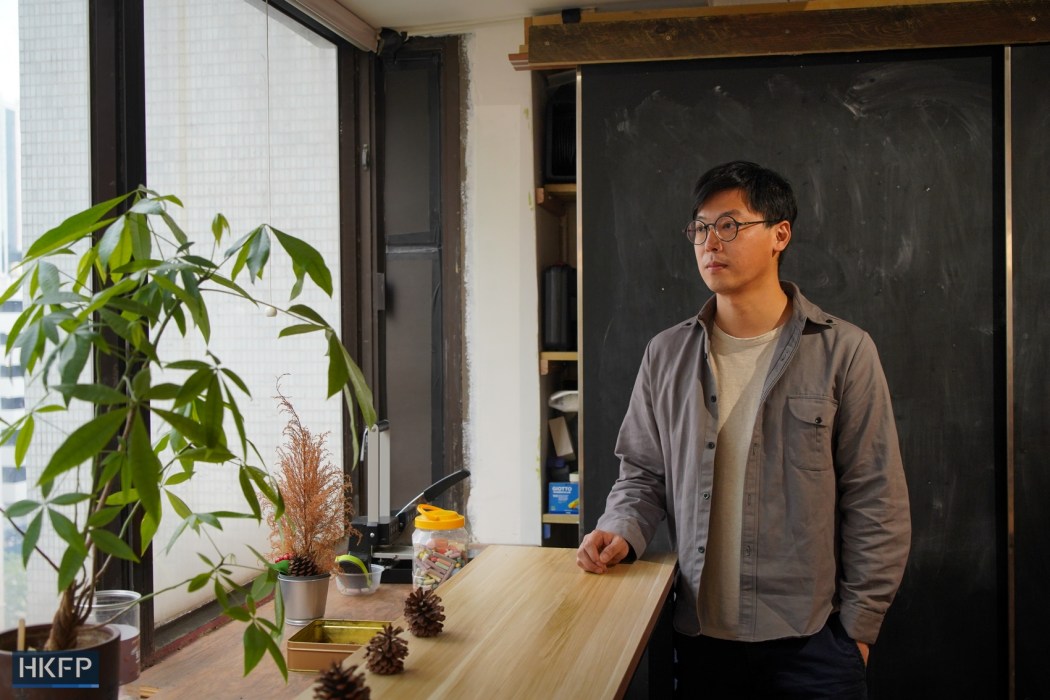
It was the authorities’ responsibility to arrange for the relocation of the affected industries, Chan Kim-ching said, adding that the reason they occupied farmlands in the New Territories was down to the government’s “planning mistakes over the past 30 to 50 years,” which he said have lacked vision on providing land for logistics or industrial activities.
“I am only saying that if you are developing on land already in use, you should resettle those users. This is a very basic request,” he added.
According to the Planning Department study into brownfield sites released in 2019, there were 59 existing rural industries occupying 23 hectares of land.
Chan Kim-ching said it would not be difficult for the government to allocate 23 hectares of other brownfield land or build an industrial estate to house these manufacturers.
Support HKFP | Policies & Ethics | Error/typo? | Contact Us | Newsletter | Transparency & Annual Report | Apps
Help safeguard press freedom & keep HKFP free for all readers by supporting our team

LATEST FROM HKFP
HKFP has an impartial stance, transparent funding, and balanced coverage guided by an Ethics Code and Corrections Policy.
Support press freedom & help us surpass 1,000 monthly Patrons: 100% independent, governed by an ethics code & not-for-profit.






